Potrebujeme váš súhlas na využitie jednotlivých dát, aby sa vám okrem iného mohli ukazovať informácie týkajúce sa vašich záujmov. Súhlas udelíte kliknutím na tlačidlo „OK“.
ASTM E2152-12
Standard Practice for Computing the Colors of Fluorescent Objects from Bispectral Photometric Data
Automaticky preložený názov:
Štandardná prax pre výpočet farby fluorescenčných objektov z Bispektrální svetelno technické údaje
NORMA vydaná dňa 1.7.2012
Informácie o norme:
Označenie normy: ASTM E2152-12
Poznámka: NEPLATNÁ
Dátum vydania normy: 1.7.2012
Kód tovaru: NS-44492
Počet strán: 5
Približná hmotnosť: 15 g (0.03 libier)
Krajina: Americká technická norma
Kategória: Technické normy ASTM
Kategórie - podobné normy:
Anotácia textu normy ASTM E2152-12 :
Keywords:
bispectral, bispectrometer, color, colorimetry, Donaldson matrix, Donaldson radiance factor, fluorescence, luminescence, radiance factor, tristimulus, ICS Number Code 35.240.99 (IT applications in other fields)
Doplňujúce informácie
| Significance and Use | ||||||||||
|
The bispectral or two-monochromator method is the definitive method for the determination of the general radiation-transfer properties of fluorescent specimens (4). In this method, the measuring instrument is equipped with two separate monochromators. The first, the irradiation monochromator, irradiates the specimen with monochromatic light. The second, the viewing monochromator, analyzes the radiation leaving the specimen. A two-dimensional array of bispectral photometric values is obtained by setting the irradiation monochromator at a series of fixed wavelengths (μ) in the ultraviolet and visible range, and for each μ, using the viewing monochromator to record readings for each wavelength (λ) in the visible range. The resulting array, once properly corrected, is known as the Donaldson matrix, and the value of each element (μ,λ) of this array is here described as the Donaldson radiance factor (D(μ,λ)). The Donaldson radiance factor is an instrument- and illuminant-independent photometric property of the specimen, and can be used to calculate its color for any desired illuminant and observer. The advantage of this method is that it provides a comprehensive characterization of the specimen's radiation-transfer properties, without the inaccuracies associated with source simulation and various methods of approximation. |
||||||||||
| 1. Scope | ||||||||||
|
1.1 This practice provides the values and practical computation procedures needed to obtain tristimulus values, designated X, Y, Z and X10, Y10, Z10 for the CIE 1931 and 1964 observers, respectively, from bispectral photometric data for the specimen. Procedures for obtaining such bispectral photometric data are contained in Practice E2153. 1.2 Procedures for conversion of results to color spaces that are part of the CIE system, such as CIELAB and CIELUV are contained in Practice E308. 1.3 This standard may involve hazardous materials, operations, and equipment. This standard does not purport to address all of the safety concerns, if any, associated with its use. It is the responsibility of the user of this standard to establish appropriate safety and health practices and determine the applicability of regulatory limitations prior to use. |
||||||||||
| 2. Referenced Documents | ||||||||||
|
Podobné normy:
Historická
1.1.2012
Historická
1.8.2014
Historická
1.8.2014
Historická
1.11.2010
Historická
1.11.2010
Historická
1.11.2011
Odporúčame:
Aktualizácia technických noriem
Chcete mať istotu, že používate len platné technické normy?
Ponúkame Vám riešenie, ktoré Vám zaistí mesačný prehľad o aktuálnosti noriem, ktoré používate.
Chcete vedieť viac informácií ? Pozrite sa na túto stránku.


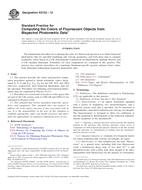
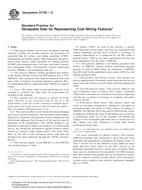 ASTM D7780-12
ASTM D7780-12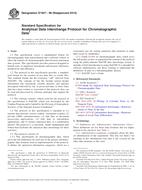 ASTM E1947-98(2014)..
ASTM E1947-98(2014)..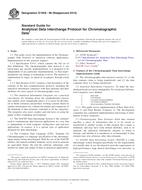 ASTM E1948-98(2014)..
ASTM E1948-98(2014)..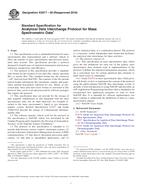 ASTM E2077-00(2010)..
ASTM E2077-00(2010)..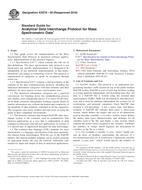 ASTM E2078-00(2010)..
ASTM E2078-00(2010)..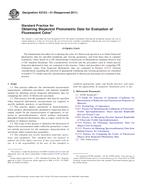 ASTM E2153-01(2011)..
ASTM E2153-01(2011)..
 Cookies
Cookies
